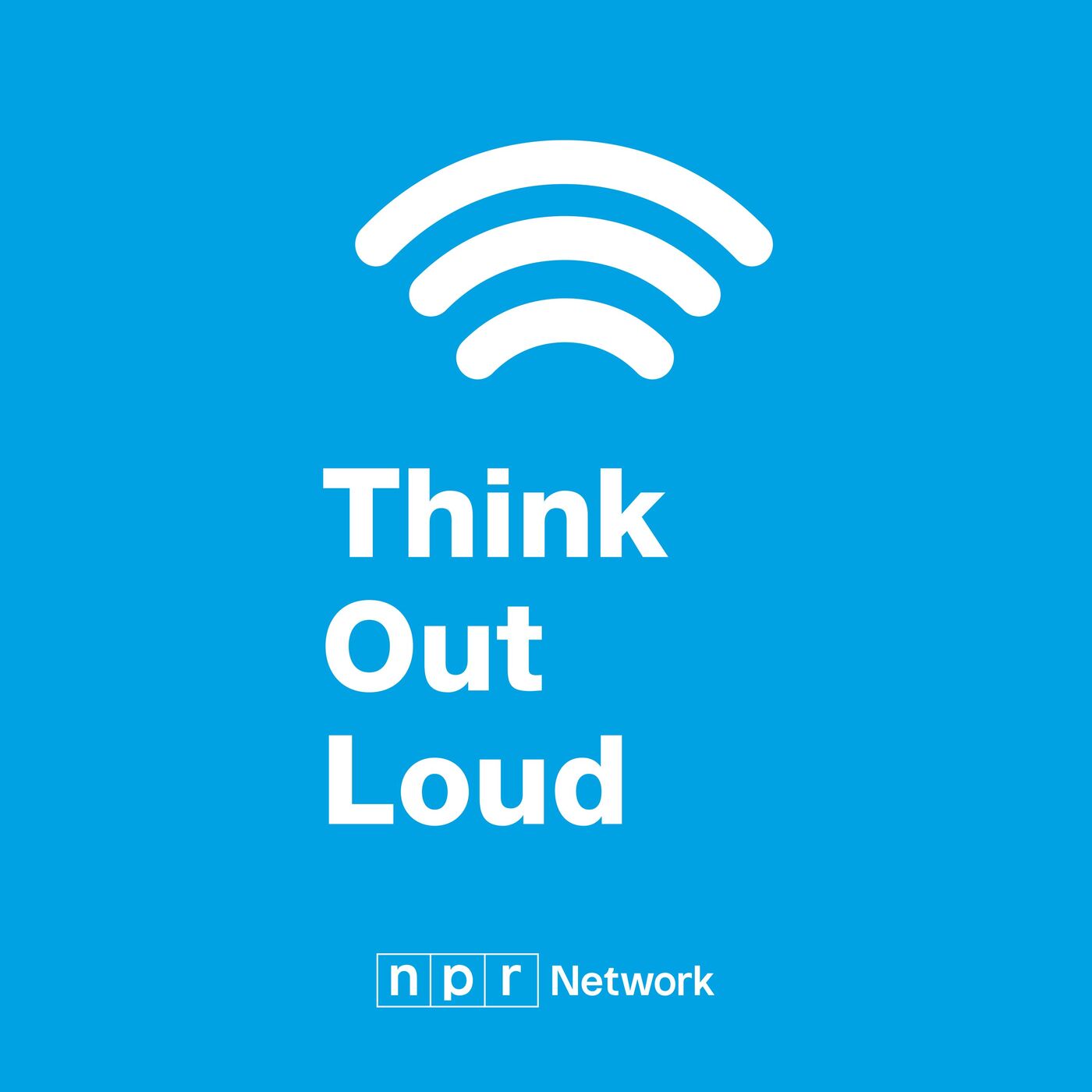
New drywall recycling process out of Washington State University earns global recognition
Published on Aug 8, 2025, 12:42:36 PM
Total time: 00:11:50

Published on Aug 8, 2025, 12:42:36 PM
Total time: 00:11:50
Drywall is one of the most commonly used materials in construction — and one of the most wasteful. It's estimated that more than 10 percent of drywall from new buildings end up in landfills. The material can release harmful gasses, such as hydrogen sulfide, and act as a potential contaminant for groundwater. But two architecture professors at Washington State University’s School of Design and Construction have developed a way to turn this waste into something useful.
Taiji Miyasaka and David Drake have spent years developing and patenting a process to transform drywall scraps into usable building blocks — a substitute for bricks — and fire-resistant wall panels that are both known as Drywall Waste Technology. Made with up to 90 percent drywall waste, WSU estimates that excess material from just 16 new homes could produce enough DWT material to build one tiny home. Miyasaka and Drake’s products have earned international acclaim, winning the AZ Award for Environmental Leadership in Azure magazine’s global design competition.
David Drake joins us to explain how this technology could be a resource in addressing both housing shortages and construction waste.
OPB's daily conversation covering news, politics, culture and the arts. Hosted By Dave Miller.